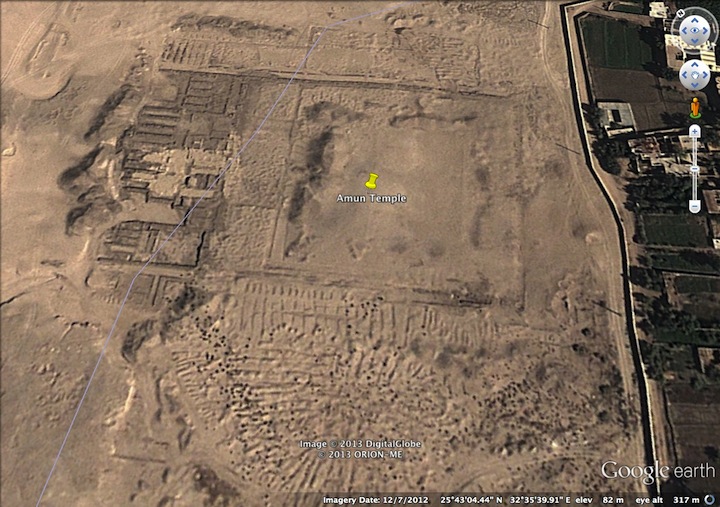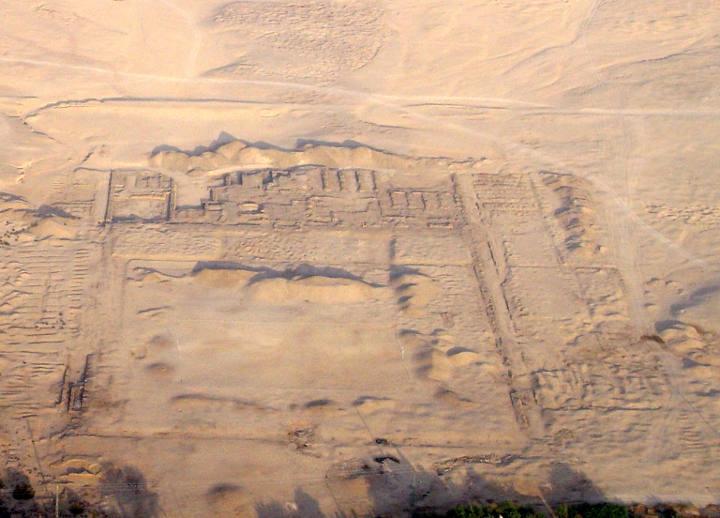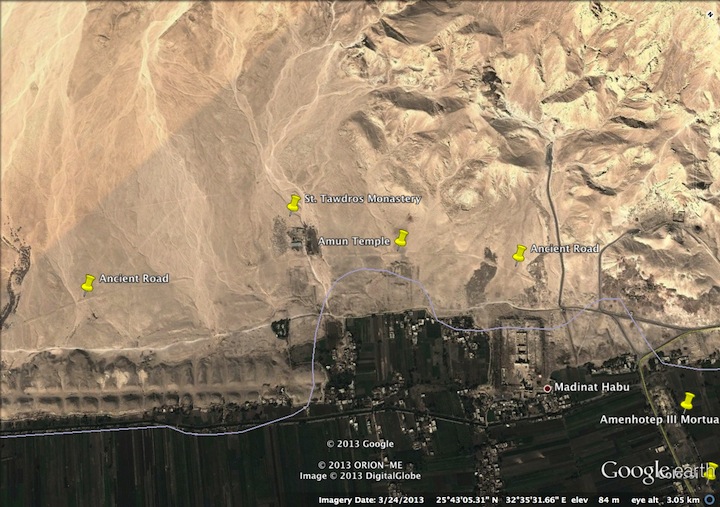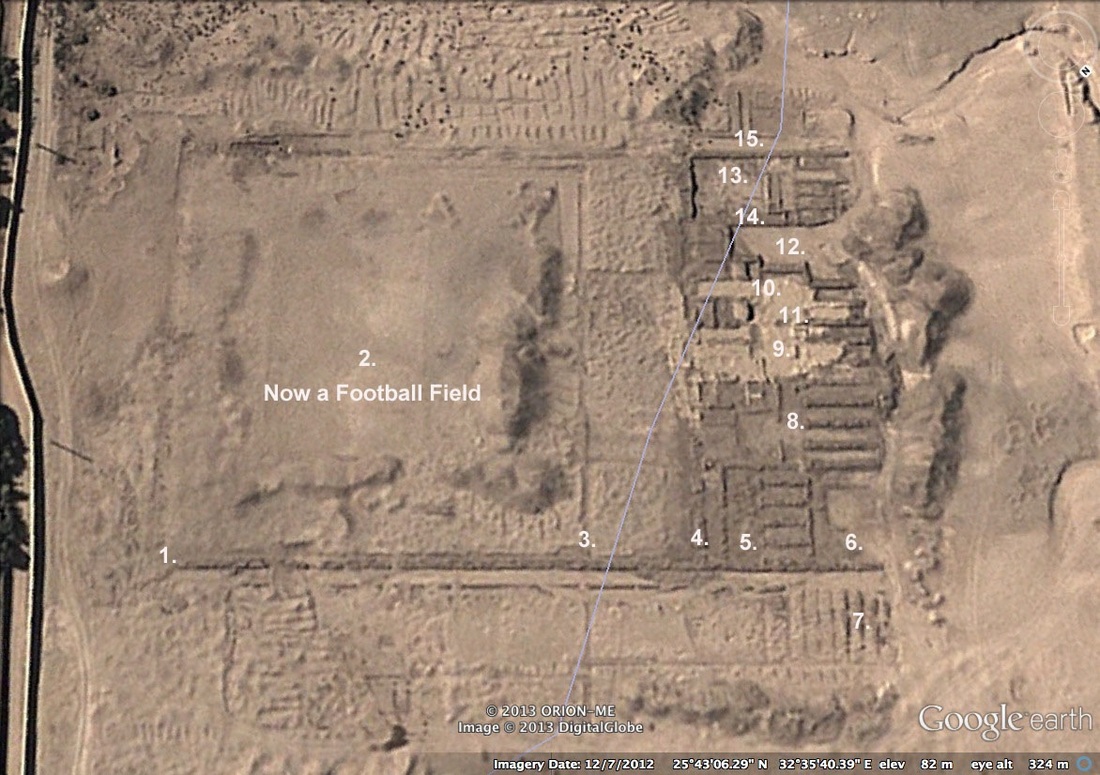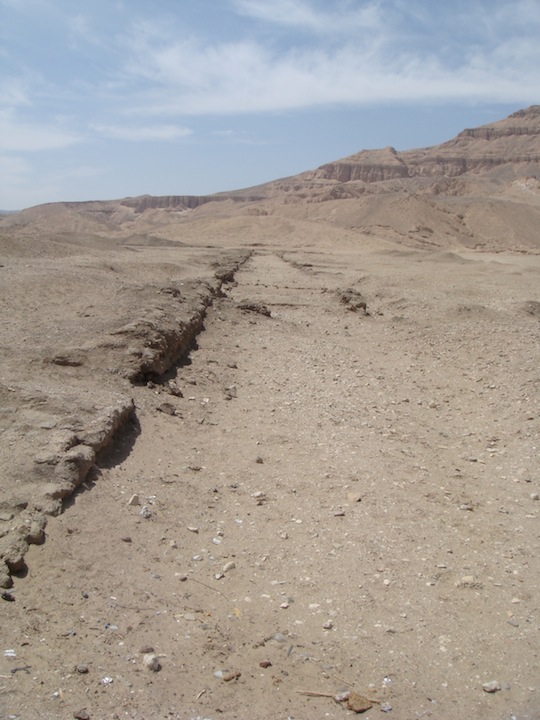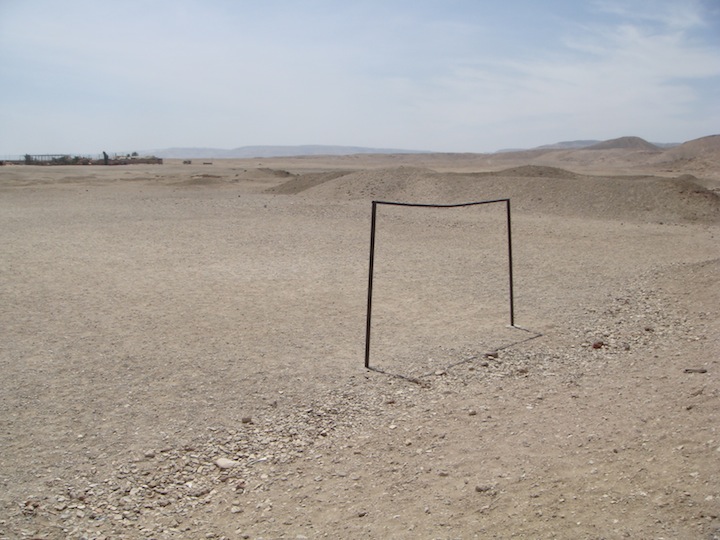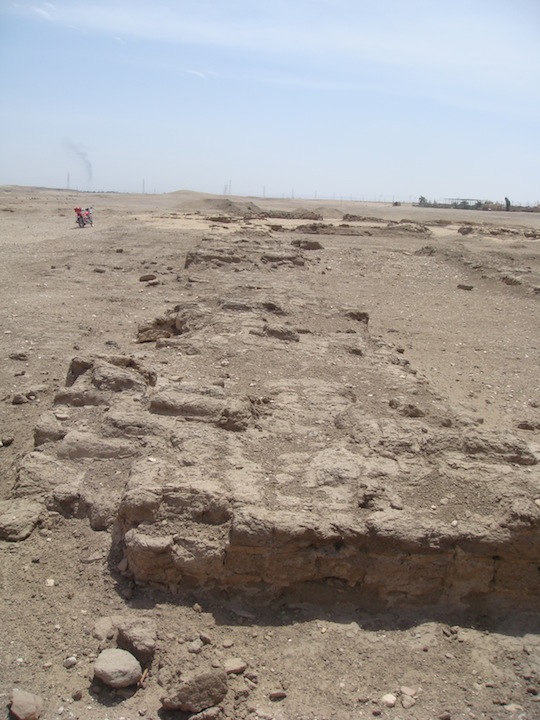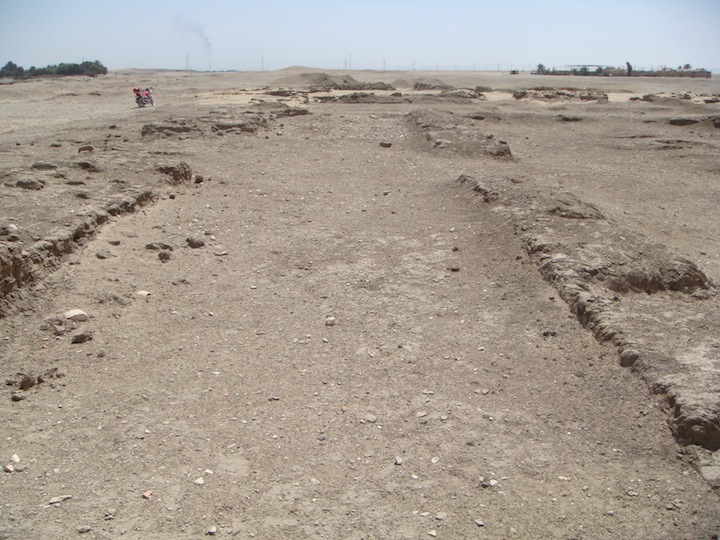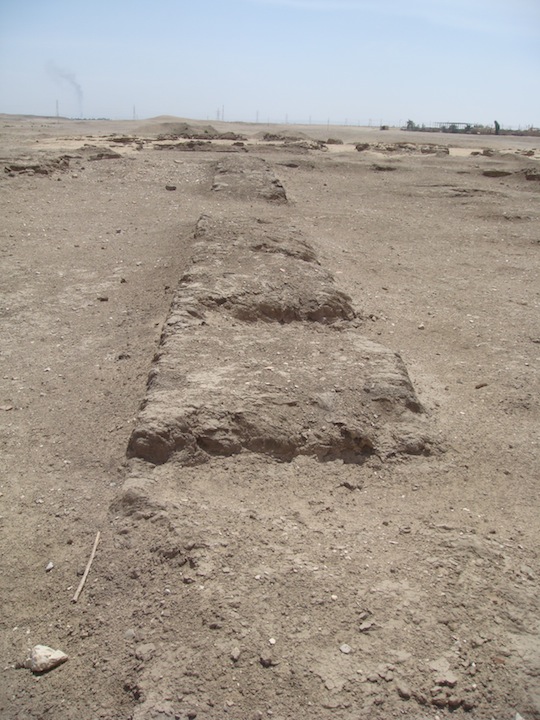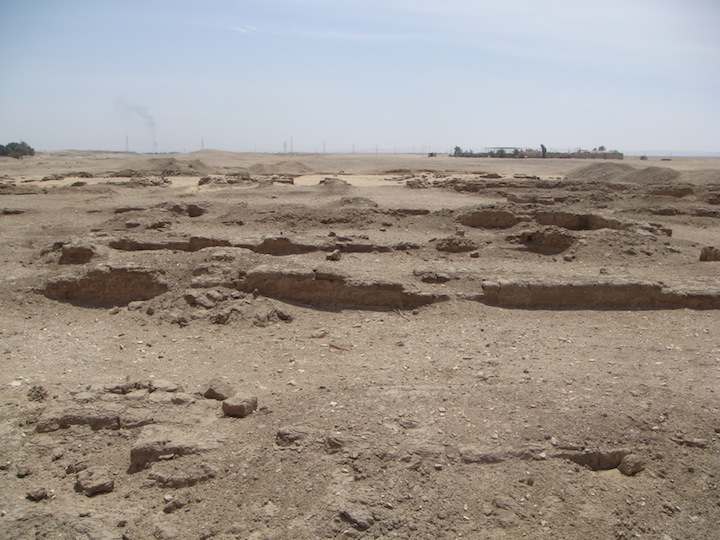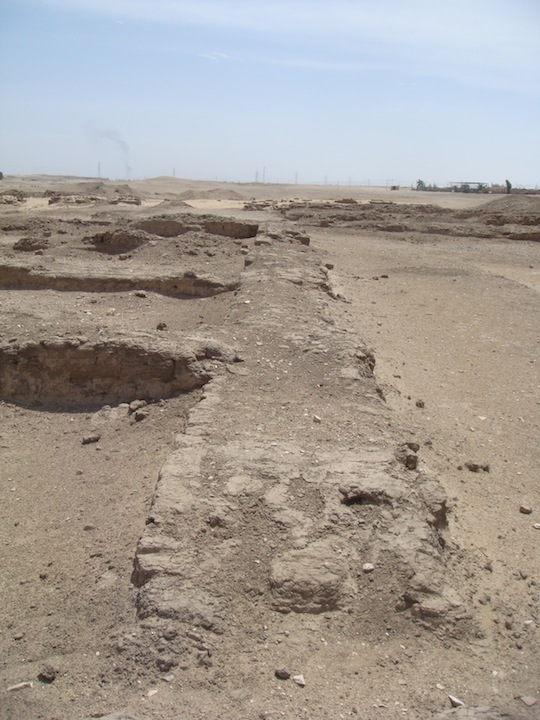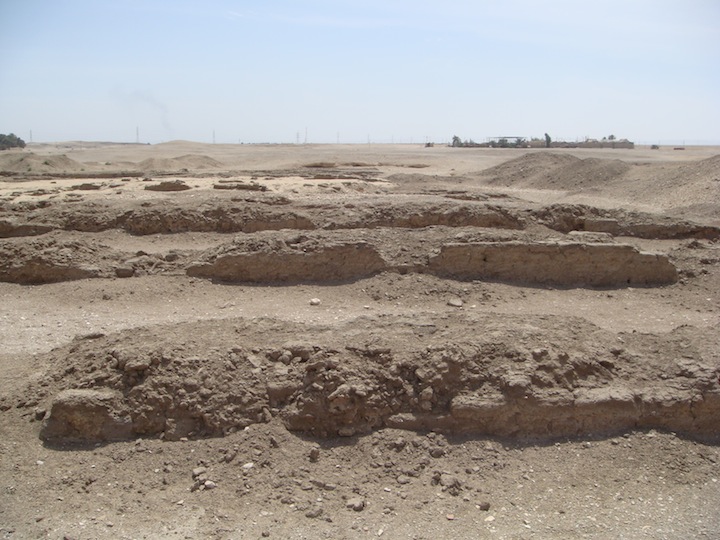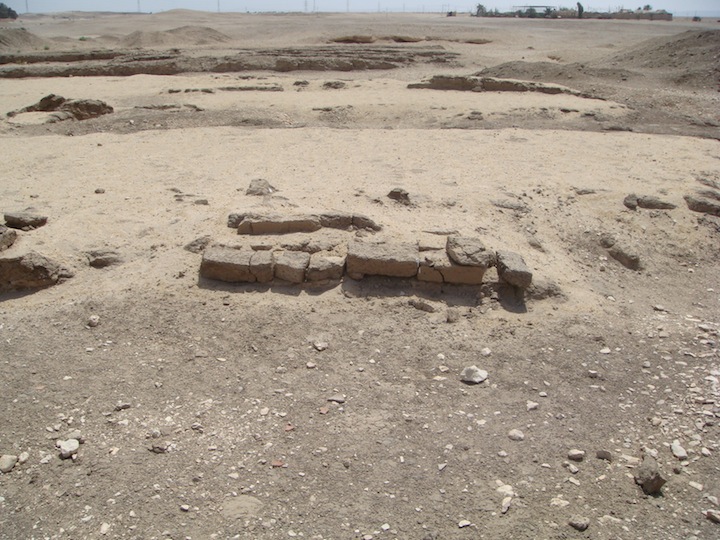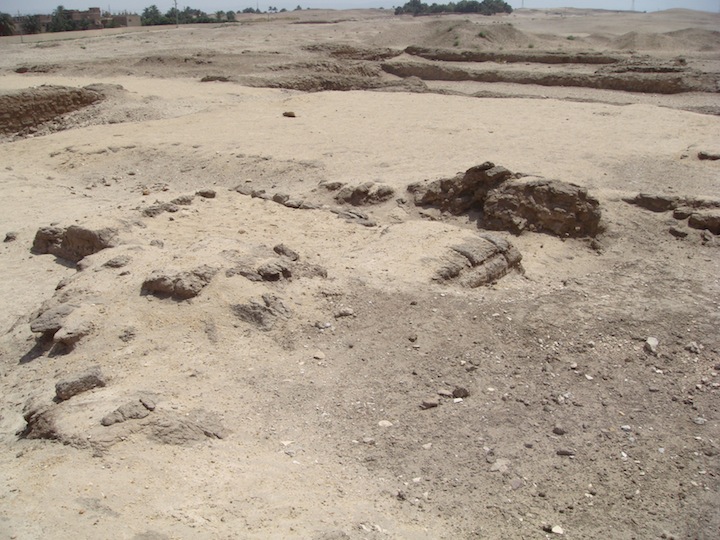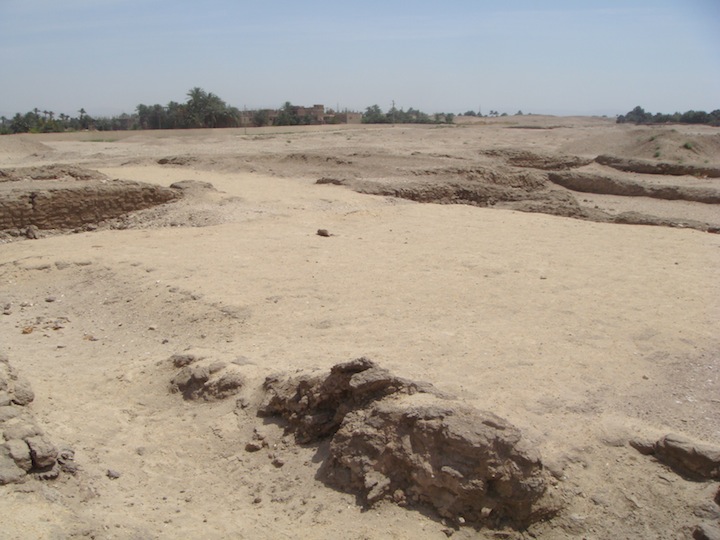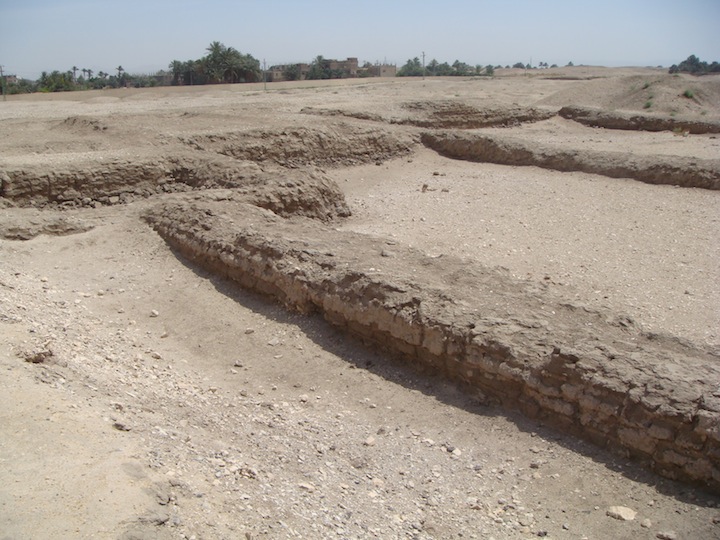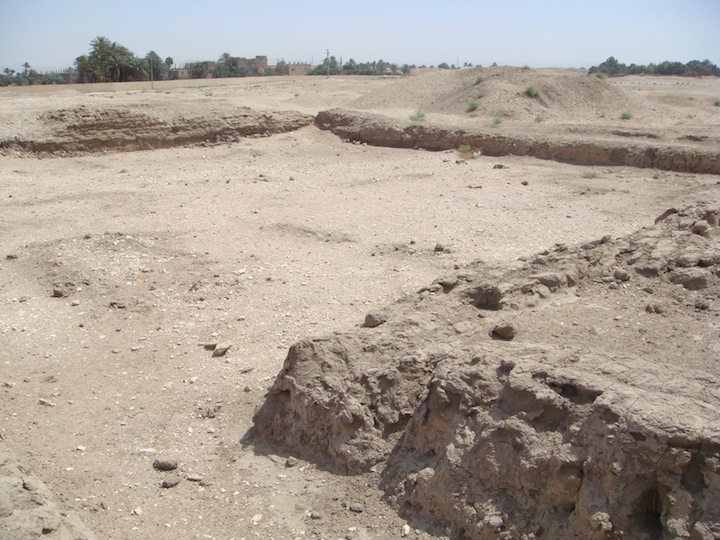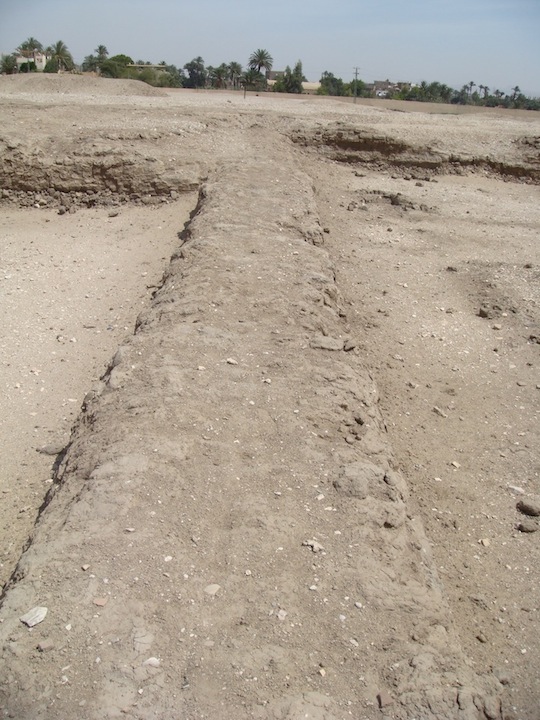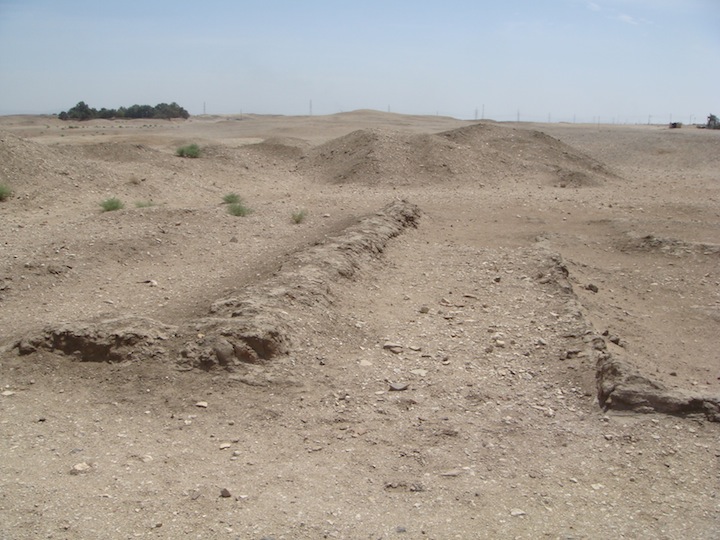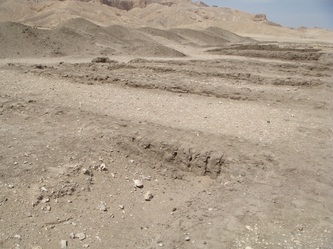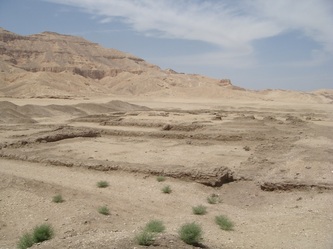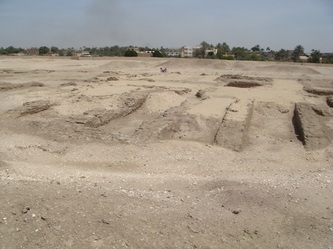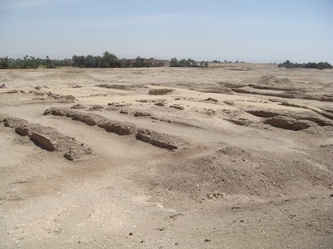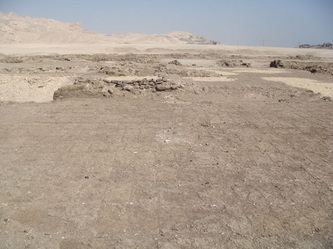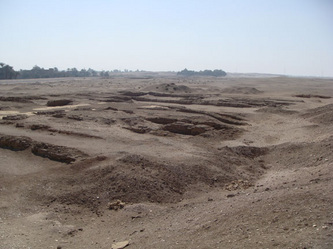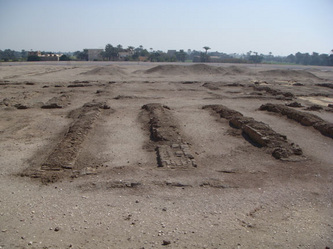29th April 2013
Amun Temple Site - Malqata
Although the Amun Temple site is not impressive and there is nothing more than one metre high to be seen, I thought it worthy of recording.
The construction of the site in made up mainly of mud bricks with just the exception of an odd stone block or two. I believe there were more stone blocks here but these have been taken away in early times for buildings by the locals of that time.
Although it was once a very important temple, it is sad that there is nothing much more to be seen. I doubt if tourists go there or even know about it, only the academics.
Amun Temple Site - Malqata
Although the Amun Temple site is not impressive and there is nothing more than one metre high to be seen, I thought it worthy of recording.
The construction of the site in made up mainly of mud bricks with just the exception of an odd stone block or two. I believe there were more stone blocks here but these have been taken away in early times for buildings by the locals of that time.
Although it was once a very important temple, it is sad that there is nothing much more to be seen. I doubt if tourists go there or even know about it, only the academics.
Malqata was abandoned by Akhenaten (Amenhotep III’s son and successor when he moved to Amarna and to break from the influence of the powerful priests. It may have been re-inhabited by Tutankhamen when the traditional religion was restored.
This important archaeological site lies at the southern end of the Theban necropolis, about one kilometre south of the temple of Medinet Habu. This was the town and palace site of Amenhotep III of Dynasty XVIII, first discovered in 1888. The complex included a large number of buildings, courts and parade grounds, housing for the inhabitants and a large Temple of Amun as well as the royal palaces, and was strung out over a distance of around one kilometre. The modern track to Armant now bisects the site, with the palace and temple area on the eastern side and the town site to the West.
An ancient road runs along the West side of Malqata and can be traced from at least as far north as Medinet Habu (the mortuary temple of Ramesses III), although it may have begun at Kom el-Hetan. The raised roadway, containing mud bricks stamped with the cartouche of Amenhotep III, runs south towards Deir el-Shelwit, probably ending there at a small temple to Isis (the current structure dates to the Ptolemaic period), although the road at this point has been destroyed by modern settlement activities. Nearby is Kom el-Samak.
The temple to Amun at Malqata was built of mud brick, reflecting the temporary and residential nature of the site. Egyptian temples were normally built of stone because they were intended to last for eternity. Malqata’s Amun temple was also of unusual design: its plan incorporated the open courts into the terraces of the original low desert landscape. The temple had a huge open sun court, whose proportion was far larger than the rooms to the rear of the temple. Perhaps the openness of the court was the result of the increasing emphasis on the solar cult. It must have been beautifully decorated; blue faience wall tiles were found set into plaster that was gilded, making a striking colour combination of blue and gold. Fragments of a black stone statue of Amun were found; it was most likely smashed during the reign of Akhenaten.
A Photographic Walk Through
The following pictures are taken walking into the temple site towards the South.
To the left is the house that belongs to a French man and to the right is the Monastery of St. Tawdros.
The sand infills are the way the Archaeologists protect the site for further excavations. Somewhere on this site there is the area of the Alta.
